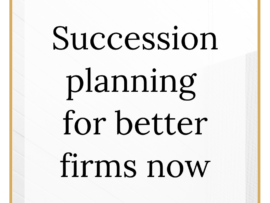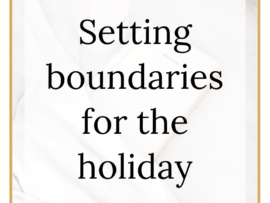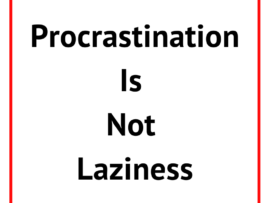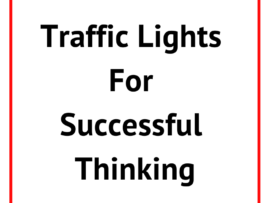Sound and Voice Forensics – 8 Things We Need to Know
0 CommentsThe Art of Communication: Are we using our voice enough?
The importance of voice is often overlooked.
By placing our focus on the words and the body language we use, we may forget about the power of our voice.
Judy Apps joined us at the recent EMCC (European Mentoring and Coaching Council) Workshop hosted by me, to share her expertise on the impact of voice, the clues you can pick up, and how to improve our connection with others by using our own voice.
Here are 8 key points taken from that session:
1. Our voices can influence a conversation and opens up an invitation as to how others might respond. So for example, if we use a playful tone it invites someone to respond to a situation in that way. This can create a different response, than for example, if we use a serious tone, even in deeper thinking situations. It is however their choice.
2. Our voices have a significant impact on our words. Three simple words, ‘Yes. It’s fine’. Can have many different meanings depending on how it is said. It can be said angrily, in a contrary way, sharply, in a way that indicates reasonableness, light and breezy, through gritted teeth, factually, resigned, significantly, and more. There are many ways to say that something is ‘not’ fine even when the words state the opposite.
3. Voice variables include pitch, speed, volume, rhythm, resonance, emphasis, tone, flow, pauses, accent, articulation, breathing and resonance. All of which impact on what is said through voice. Where we direct our voice can also have an impact on connection.
4. We have a ‘free voice’ and a ‘stuck voice’. A free voice is where our inbreath and our sound flows from one to the other naturally, and the energy flows without a pause. A stuck voice is where there is a hiatus between the inbreath and our voice, the sound we make. This pause can be conscious or unconscious. We might have a temporary stuck voice because we are nervous, or we may have become accustomed to using our stuck voice in certain situations i.e. business settings, or around certain types of people or individuals. It can also be that we have remained with a stuck voice for years. In those situations we may have a voice that has become stuck as a child (often at 2 or 3) that continues into adulthood.
5. A stuck voice from childhood will vary. As a child we may have taught ourselves to swallow our words, or hold back, or we were not able to express our anger. With the latter example, our voices might become stuck in an angry tone. Alternatively, when our voices are stuck in a tone that is very gentle, higher pitched, or spoken from above our throats, even or indeed especially when angry, this reflects our wanting to keep the peace or people pleasing. As stuck voice from childhood means this becomes our normal behaviour and habitual voice. When we do use a stuck voice we limit the emotions we connect to, we separate what is happening inside to what is said, the authenticity that we share, and we perhaps don’t explore those other places or our emotions.
6. We can recognise a stuck voice (our own or others) in several ways. Examples include the voice not varying, it can still be a ‘magnificent sounding voice’, but the range and variation is not there. Imagine a piano or keyboard, and we only use part of it. When our voices becoming closed, we close our throat when we speak, it is restricted in different ways. Likewise you may notice that the voice goes flat (suggesting you have lost them or their interest). We might rush or not have enough breath. Often the voice projection and energy comes from the head area when stuck. The voice doesn’t move to the heart, gut, or chest centre, which are linked to confidence, pleasure, or genuine emotion. Sometimes, it might be at first glance that the voice sound expressive, yet a closer ear notices it doesn’t genuinely reflect a full range, or the emotion.
7. There are five ‘types’ of voice:
Head – this is where we often talk through our cheeks, nose, and top of our head (energetically speaking). When part of our free voice, it represents excitement, significance, enthusiasm, gentle, and playfulness. (Think about how you speak when excited to link to this energy).
Chest – this tends to be our business or announcing voice. We can sometimes think of this as our’ grown up’ or ‘important’ voice. Our free voice tends to reflect this where we are sharing a cognitive truth, our conscious mind, commands or opinions. (An easy way to quickly recognise our chest voice is to voice something you are unhappy about – although it is not about it only being used in complaining situations!).
Heart – is where we are for feelings, emotional matters, truth, and empathy. It only comes through when we are genuinely sharing feeling, and is a powerful place for communication. People can quickly tell if you are being genuine with this.
Gut – is our deep instincts, fundamental truths, whole body wisdom, that is where the free voice comes from when we are sharing this aspect.
Throat – reflects our freedom, permission, and is the link between the head and the heart. This is where we have the potential hiatus. Are we giving ourselves permission to use our free voice? For it to be genuinely reflective of our breath and feelings and energy? Do we feel safe for that release? If not, we hold back and can get a block. As mentioned, this block might be temporary (nerves, fear, or choice to put on a voice), or it has become an ongoing habit and we have a daily ‘stuck voice’.
8. Creating a change to our voice starts with awareness and can involve some internal work as to why we have, or are creating a block. Where and why are we holding back? Part of it may be that we feel we ought to have a certain voice. Or a past history that has led to a reliance on a particular voice. Or we don’t feel safe to share in that particular space. As with all things, we want to move to become as authentic as possible to increase connection, whilst at the same time that balance of voice will emerge depending on those involved and the situation we are in.
In conclusion
Our voices have a significant impact on the way we communicate and converse with others. It can also be a reflection of what is happening inside, and how comfortable we are in sharing authentically.
By increasing the awareness of our own voice, and starting to pay attention to the nuances of others, we can not only improve our own communication skills, but also learn more about others through their voice.
Thank you Judy for your thought provoking topic (if you want to know more Judy App’s work, she has also recently released her fifth book – The Art of Communication).


























































































































